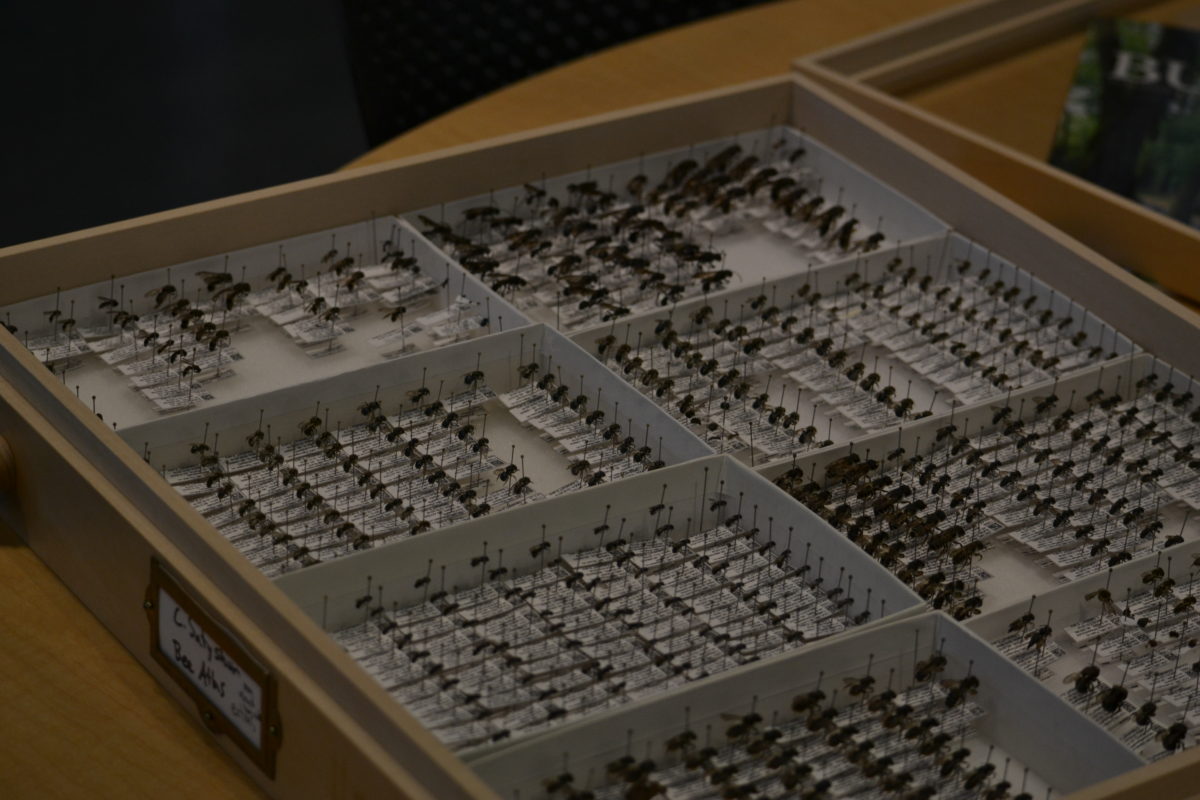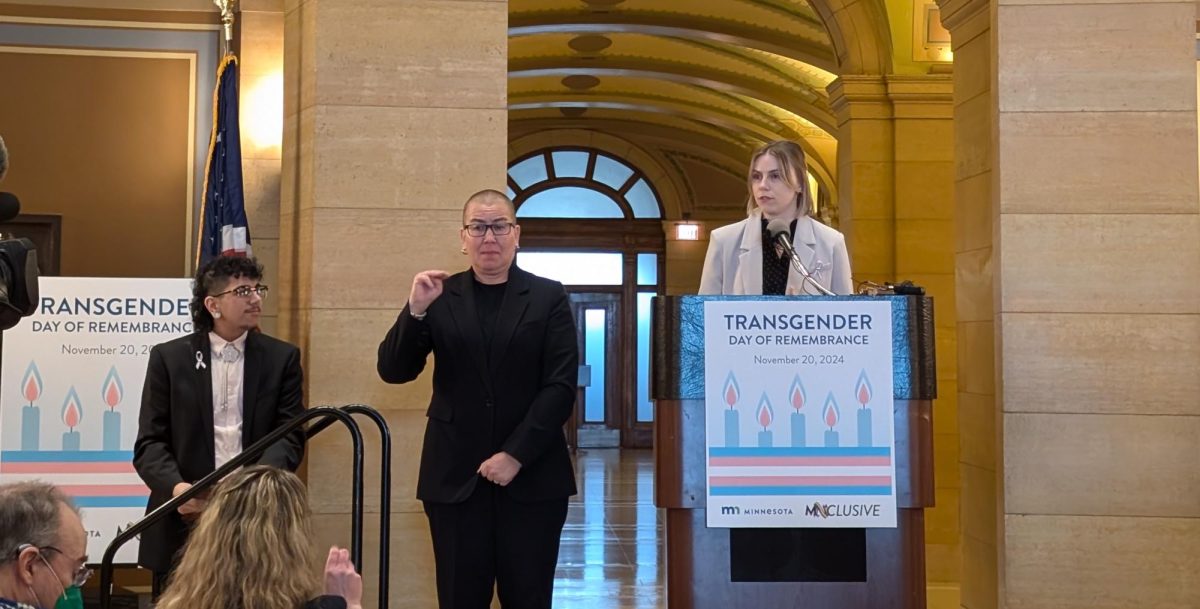Research by the University of Minnesota, the Minnesota Department of Natural Resources (DNR) and other bee experts released on June 16 confirmed a total number of bee species in the state is 508.
According to researchers involved with the project, the survey is a first of its kind. It was conducted with the intent of compiling all bee research statewide in order to create a “checklist” that would be easier to reference for future research and conservation efforts.
The first-ever documentation of bee species in Minnesota was published in 1919 by Frederic Washburn. However, entomology researcher and first author of the checklist, Zachary Portman, said this survey only recognized around 60 bee species and did not even cover the full range of Minnesota counties.
Portman added bee survey efforts are currently conducted individually by research institutes, like the DNR and the University’s Cariveau Native Bee Lab. These efforts were helpful, but there was no single statewide database for these researchers to reference.
“This was essentially a way to go through everything, compile it, make sure everything’s on the same page and come up with kinda the ‘definitive list’ of what bees we have here,” Portman said.
The identification effort began by compiling all of the data from places like the DNR and the Cariveau Lab that had been conducting research before. DNR zoologist Nicole Gerjets also said researchers went through museums to gather historical records of all bees that had been chronicled in the past.
With past and present records in-hand, the researchers re-visited each of the four ecological provinces within Minnesota to see if any bees had been missed or could fall under a new classification.
“Oftentimes, you’re looking and comparing very minute differences between individuals,” Gerjets said. “So that’s why it’s very crucial to have a taxonomist like Zach be able to work with these specimens and really take that time to study these specimens.”
The researchers also wanted to see what bees were missing from the checklist. Gerjets explained that in their research, the teams found that a lot of these missing bees were not actually missing. These bees were actually just oligolectic, or “specialist” bees.
According to Gerjets, about 30 percent of the bees in Minnesota are specialists, which is a kind of bee that only collects pollen from one species of plant. This one-plant focus made them harder to track and identify, explaining their “missing” status.
“Those [specialist] bees have an extraordinarily tight relationship with certain plant species that we think are most vulnerable to different threats or stressors in our environment,” said DNR ecologist Jessica Petersen. “If those plants disappear, then the bees will also disappear.”
Petersen also said there are currently no bee species on the Minnesota endangered species list, which will be recounted in the wake of this research. Petersen hopes in the wake of this survey effort, the DNR’s next big step will be to dial in on specialist bee conservation efforts in conjunction with the Cariveau Lab.
The DNR received a grant from the Environment and Natural Resources Trust Fund in 2014. Research began a year later in 2015, according to Gerjets and Petersen. The Cariveau Lab joined soon after with a grant from the same fund in 2016.
“The funding is important to us,” Petersen said. “This couldn’t have been done without the partnership between the University and us at the DNR.”
The final field season was 2022, according to Gerjets. Petersen added that the DNR received another grant from the Environment and Natural Resources Trust Fund that went into effect July 1.
The full checklist is published in Zootaxa, a peer-reviewed international journal that publishes papers on taxonomy and systematic zoology.



















